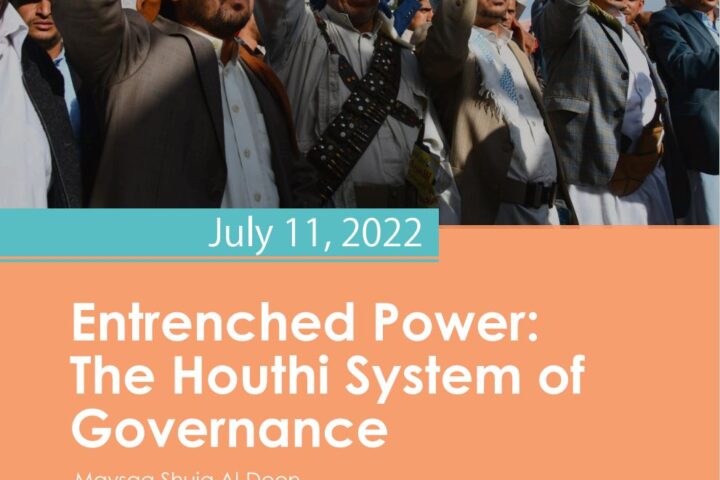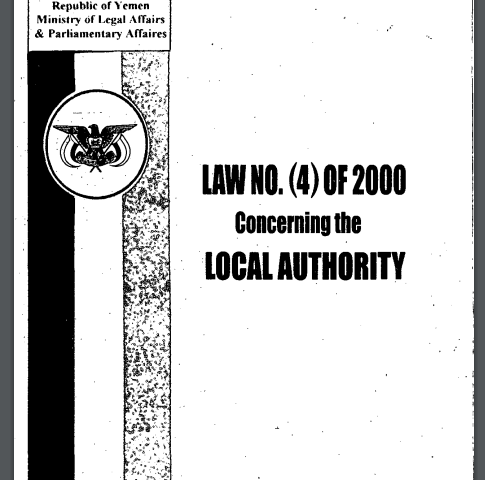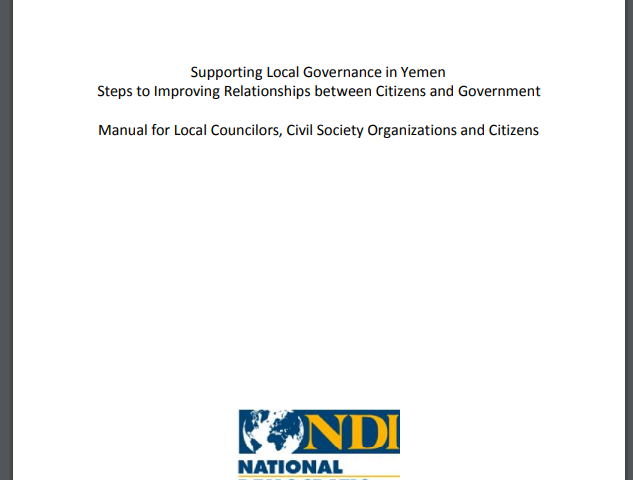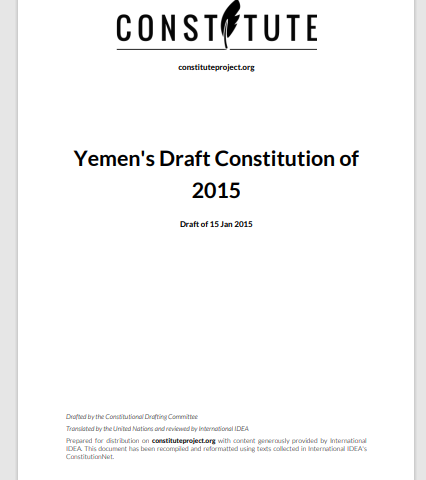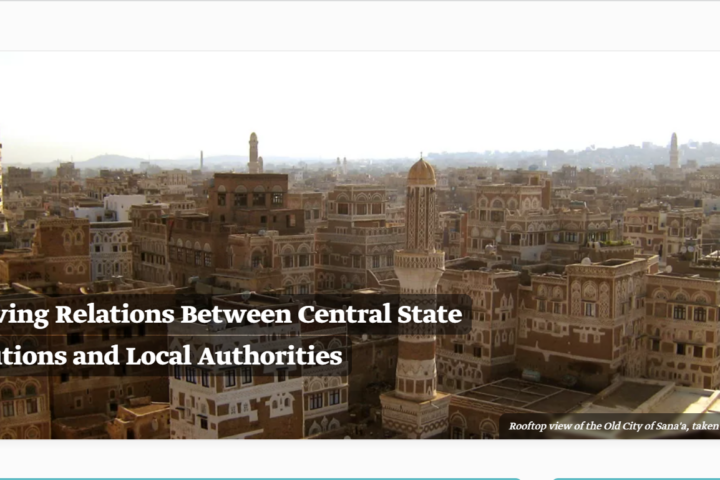The Governorate of Raymah was established in 2004. It is located in the western part of the Republic of Yemen between Dhamar and Al-Hodeidah and is 200 kilometers from the capital Sana’a. The governorate is divided into six administrative districts and the city of Al-Jabeen is the governorate’s capital.
Raymah governorate information
Map of Raymah
Economy
Agriculture and livestock rearing are the dominant economic activities in the governorate. Farmers in Raymah grow vegetables, fruits, and coffee. In addition, the population works in livestock rearing and beekeeping.1https://www.yemenna.com/index.php?go=guide&op=show&link=raima. The governorate is home to many historic sites and natural attractions.
According to the local authority’s 2014 budget, Raymah derived 97% of its general revenue from central grants and subsidies. Local revenues accounted for the remaining 3%. The most significant sources of local revenue are local shared revenues, most notably zakat, income from the sale of goods and services, fines and penalties, and taxes.2Republic of Yemen, Ministry of Finance, Budget Sector: estimated local authority budget for the 2014 fiscal year. These revenues have been adversely affected by the war. Moreover, the establishment of the General Zakat Authority and the transfer of zakat to a central revenue has caused the governorate to lose an important source of income.
According to the 2014 Household Budget Survey, the poverty rate in Raymah was 50%. With the economic decline caused by the war, this rate has likely increased substantially during the past few years.
Local governance
Raymah’s local council comprises 18 members and the governor. Currently, there are two vacant seats due to the death of two councilors. Since the beginning of the war, the local council has no longer performed its regular role, which has been taken over by the governor and the executive offices. As in other governorates under control of the de-facto authorities, the governorate supervisor has also taken on a growing role. The executive bureaus in Raymah are struggling with the absence of revenues for operational expenses. Some of the revenue offices are operating, but other service offices have largely stopped working.3Interview with a member of the governorate local council of Raymah. March 2019.
Access to basic services
With regard to the humanitarian situation, there are nearly 450,000 people in need of assistance in Raymah, or approximately 74% of the population. Forty-eight percent of those in need are in dire need.
The current IDP population of Al Raymah is 60,000 (status December 2022).4https://data.humdata.org/dataset/yemen-humanitarian-needs-overview, 2023 People in Need in Yemen
Health services have deteriorated markedly in the governorate. The three public hospitals are working at minimum capacity and rely wholly on support from international donors. The Indian hospital has completely stopped working since the breakout of the war. According to the WHO, many patients have been forced to travel from Raymah to Al-Hodeidah to seek medical treatment. However, the escalating violence in Al-Hodeidah in 2018 hindered access to healthcare services in Al-Hodeidah and many had no choice but to seek treatment in Al-Thulaya hospital in Raymah.5WHO website, Yemen on Twitter, 24 March 2019, https://twitter.com/WHOYemen. Data: 29 March 2019; interview with the former governor of Raymah. March 2019.
With regard to education, there are no indications that schools have been directly affected by the war in Raymah.6OCHA, An Overview of the Humanitarian Needs in Yemen 2018. However, Raymah is one of the governorates where teacher salaries are not being paid.7Economic and Social Development In Yemen Newsletter – Issue No. 30, December 2017, published by the Economic Studies and Forecast Sector in the Ministry of Planning and International Cooperation. This has disrupted education in the governorate.
As for drinking water, 48% of households in Raymah had access to potable water in 2016/2017.8OCHA, An Overview of the Humanitarian Needs in Yemen 2018. A water project in the governorate was disrupted due to the war. Investment in sanitation has been completely halted and available sewage facilities are no longer operational.9Interview with the former governor of Raymah. March 2019.
Demographics
| District | Size (km2) | Population (Female) | Population (Male) | Population (Total) |
|---|---|---|---|---|
| Bilad At Ta’am | 412 | 26,615 | 27,097 | 53,711 |
| As Salafiyah | 377 | 40,131 | 41,401 | 81,532 |
| Al-Jabeen | 490 | 69,692 | 67,583 | 137,275 |
| Mazhar | 527 | 63,195 | 62,191 | 125,.386 |
| Kusmah | 355 | 25,474 | 25,683 | 51,158 |
| Al-Ja’afariyah | 281 | 57,925 | 55,943 | 113,868 |
| TOTAL | 2,442 | 283,031 | 279,899 | 562,930 |
Figures are based on the 2021 Humanitarian Needs Overview Yemen, OCHA. Population figures include the number of IDPs and residents.


